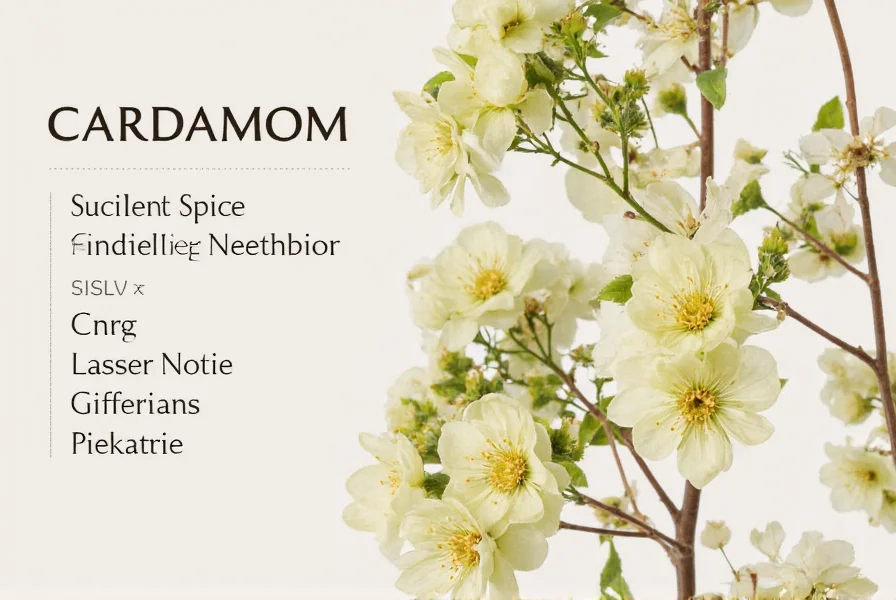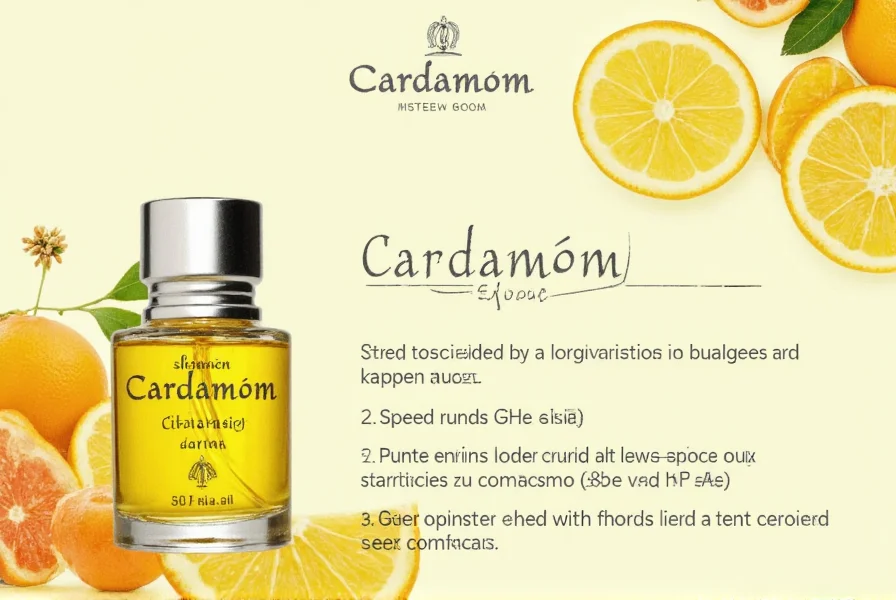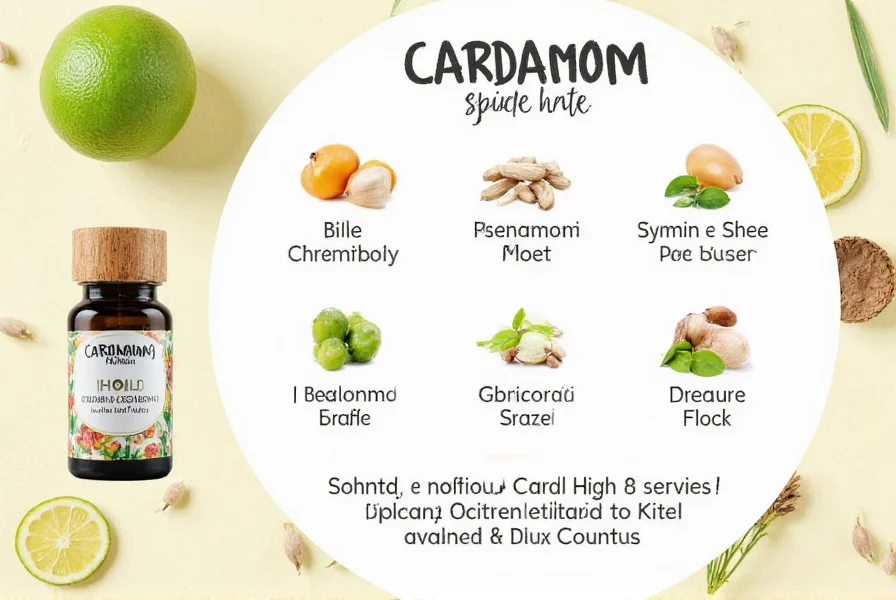Understanding the distinctive fragrance of cardamom helps both home cooks and professional chefs utilize this versatile spice effectively. As one of the world's most expensive spices after saffron and vanilla, cardamom's unique olfactory profile makes it invaluable in both sweet and savory applications across global cuisines.
The Complex Aroma Profile of Cardamom
Cardamom's scent defies simple description because it contains multiple aromatic compounds that create a layered olfactory experience. When you crush a cardamom pod between your fingers, you'll immediately notice:
- A bright top note of citrus, particularly lemon and orange peel
- Mid notes featuring herbal eucalyptus and subtle mint
- Base notes with warm spice characteristics reminiscent of cloves and cinnamon
- Faint floral undertones that distinguish it from other warming spices
This multi-dimensional scent profile explains why cardamom works so well in both Scandinavian pastries and Indian curries—it bridges sweet and savory applications with remarkable versatility.
Green vs. Black Cardamom: Distinct Aromatic Differences
Not all cardamom varieties smell the same. The two primary types offer distinctly different aromatic experiences:
| Characteristic | Green Cardamom | Black Cardamom |
|---|---|---|
| Primary Scent Notes | Citrusy, floral, herbal | Smoky, camphorous, earthy |
| Intensity | Bright and aromatic | Stronger, more pungent |
| Processing Method | Air-dried immediately after harvest | Smoked over open flames |
| Best Culinary Uses | Baked goods, rice dishes, coffee | Meat dishes, stews, braises |
Green cardamom (Elettaria cardamomum), the more common variety found in Western supermarkets, delivers that characteristic citrus-floral aroma that makes it perfect for desserts and beverages. Black cardamom (Amomum subulatum), with its distinctive smoky character, works better in robust savory dishes where its stronger scent won't be overpowered.

How Scent Translates to Flavor
The relationship between cardamom's scent and taste follows a direct correlation—what you smell is essentially what you'll taste, though with some interesting nuances. When cardamom is heated:
- The citrus notes become more pronounced in sweet applications
- The herbal elements intensify in savory dishes
- Whole pods release flavor more gradually than ground spice
- Overheating can cause the delicate floral notes to dissipate
Chefs often toast whole cardamom pods briefly before use to enhance their aromatic compounds without burning the delicate essential oils. This technique, called blooming, maximizes the spice's fragrance potential in both cooking and baking applications.
Cardamom in Global Cuisines: Scent Applications
Different culinary traditions have developed specific approaches to leveraging cardamom's distinctive aroma:
- Scandinavian baking: Cardamom's citrus notes complement wheat flour in sweet buns and breads
- Indian chai: The spice's herbal qualities balance the tannins in black tea
- Middle Eastern coffee: Cardamom's floral elements cut through coffee's bitterness
- North African tagines: Black cardamom's smokiness enhances slow-cooked meats
Understanding these cultural applications helps explain why cardamom remains one of the most widely traded spices globally despite its relatively high cost.
Identifying Quality Cardamom by Scent
The fragrance of cardamom provides the most reliable indicator of freshness and quality. When evaluating cardamom:
- Fresh green cardamom should have a pronounced citrus aroma when pods are crushed
- Dull, musty, or absent scent indicates old or improperly stored spice
- Whole pods retain their aroma significantly longer than ground cardamom
- The seeds inside should be dark brown to black, not pale
For maximum aromatic impact, store cardamom pods in an airtight container away from light and heat. Properly stored, whole cardamom maintains its distinctive scent for up to one year, while ground cardamom loses potency within months.

Cardamom Compared to Similar Spices
While cardamom shares some aromatic qualities with other spices, its scent profile remains distinctive:
- Clove: More medicinal and singularly pungent without cardamom's citrus notes
- Nutmeg: Warmer and woodier with less brightness than cardamom
- Cinnamon: Simpler profile focused on sweet woody notes without floral elements
- Allspice: Combines notes of several spices but lacks cardamom's complexity
Many people initially confuse cardamom with a blend of other spices because of its multifaceted aroma, but once recognized, its distinctive scent becomes unmistakable.
Practical Tips for Using Cardamom's Aroma
To maximize cardamom's aromatic potential in your cooking:
- Crush pods just before use to release maximum fragrance
- Add ground cardamom late in the cooking process to preserve volatile oils
- Pair with complementary aromatics like orange zest or vanilla
- Use whole pods in rice dishes for gradual flavor infusion
- Grind your own from whole pods rather than buying pre-ground
Understanding what cardamom smells like provides the foundation for using this complex spice effectively. Whether you're baking Scandinavian pastries, brewing authentic Indian chai, or experimenting with new flavor combinations, recognizing cardamom's distinctive aromatic profile will help you create more nuanced and balanced dishes.











 浙公网安备
33010002000092号
浙公网安备
33010002000092号 浙B2-20120091-4
浙B2-20120091-4